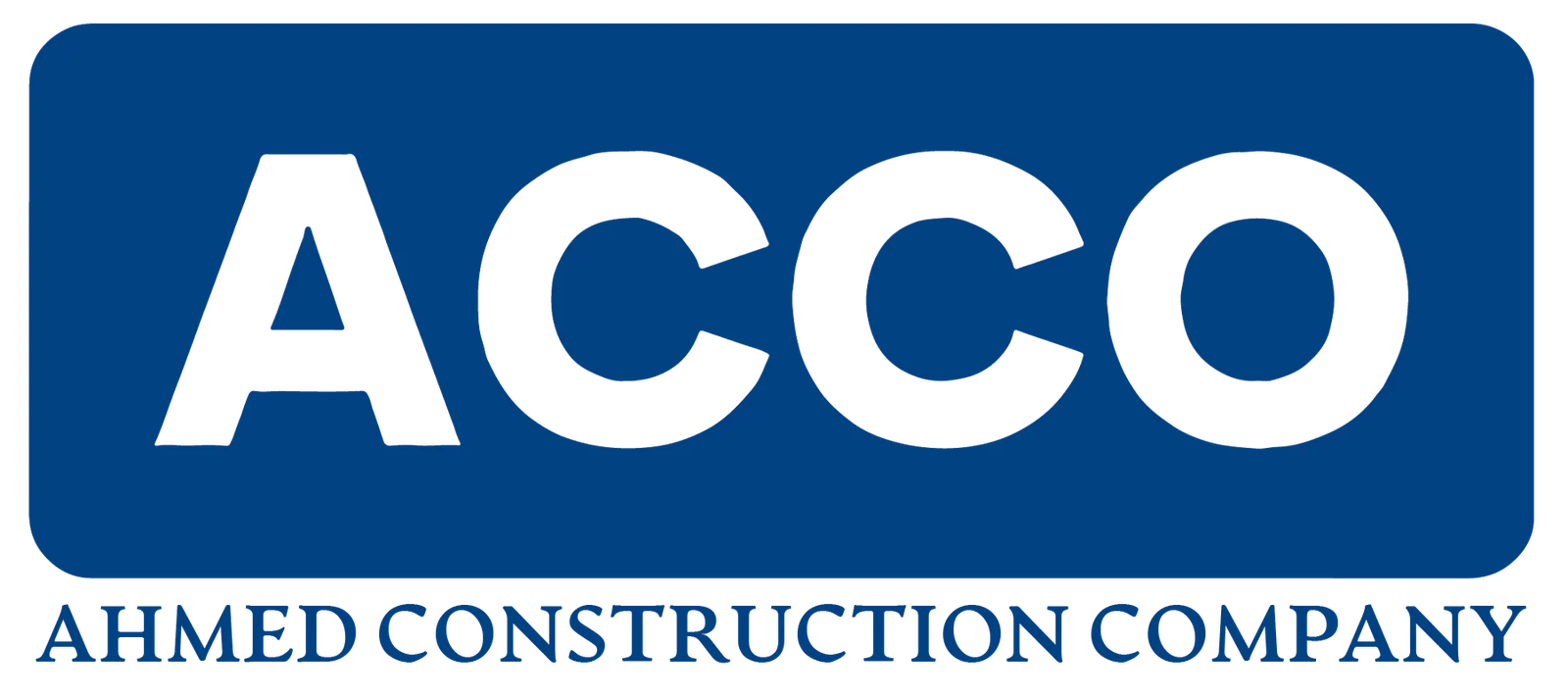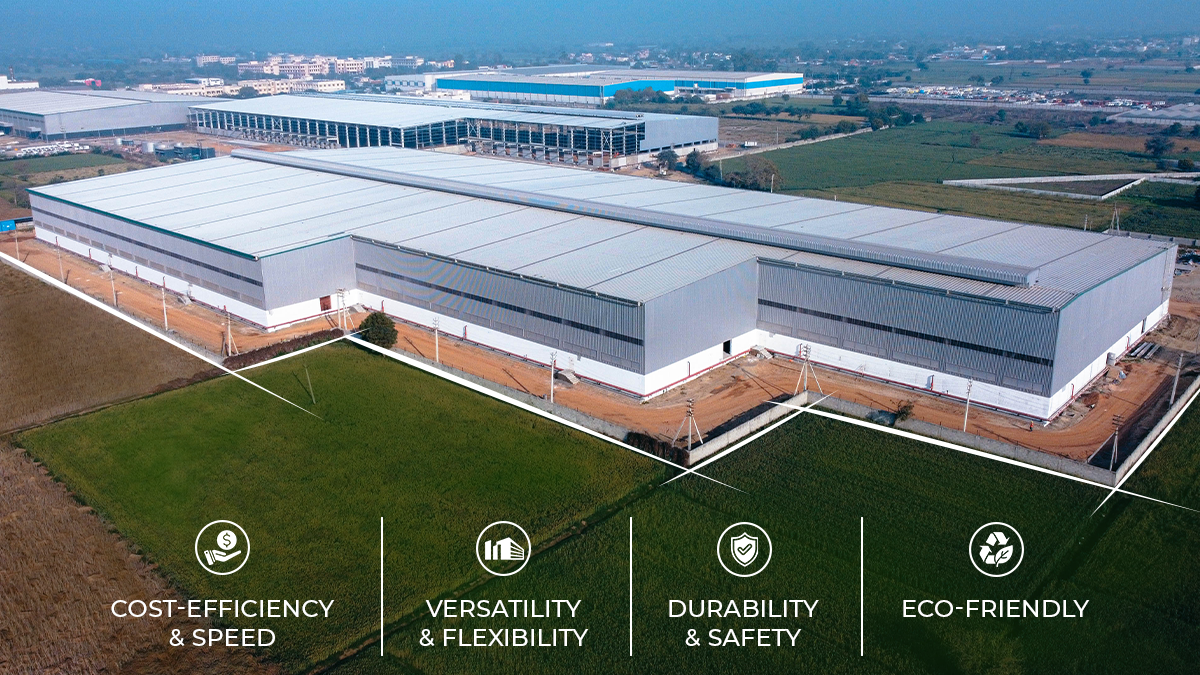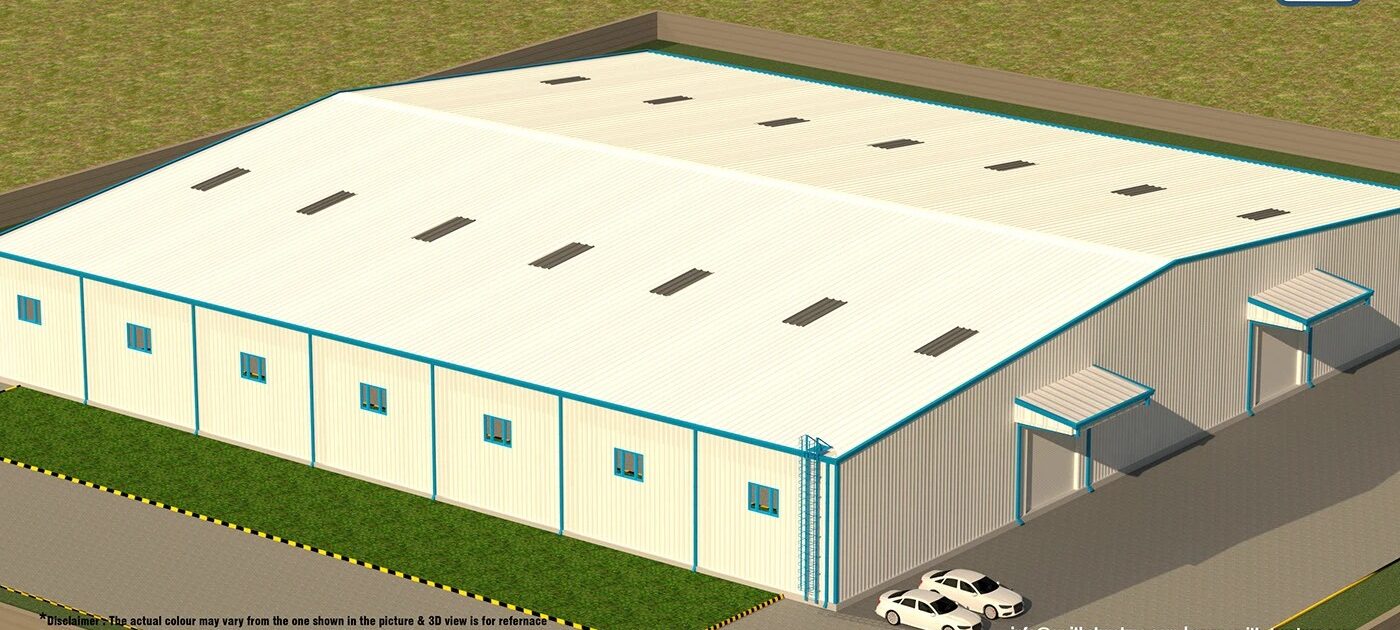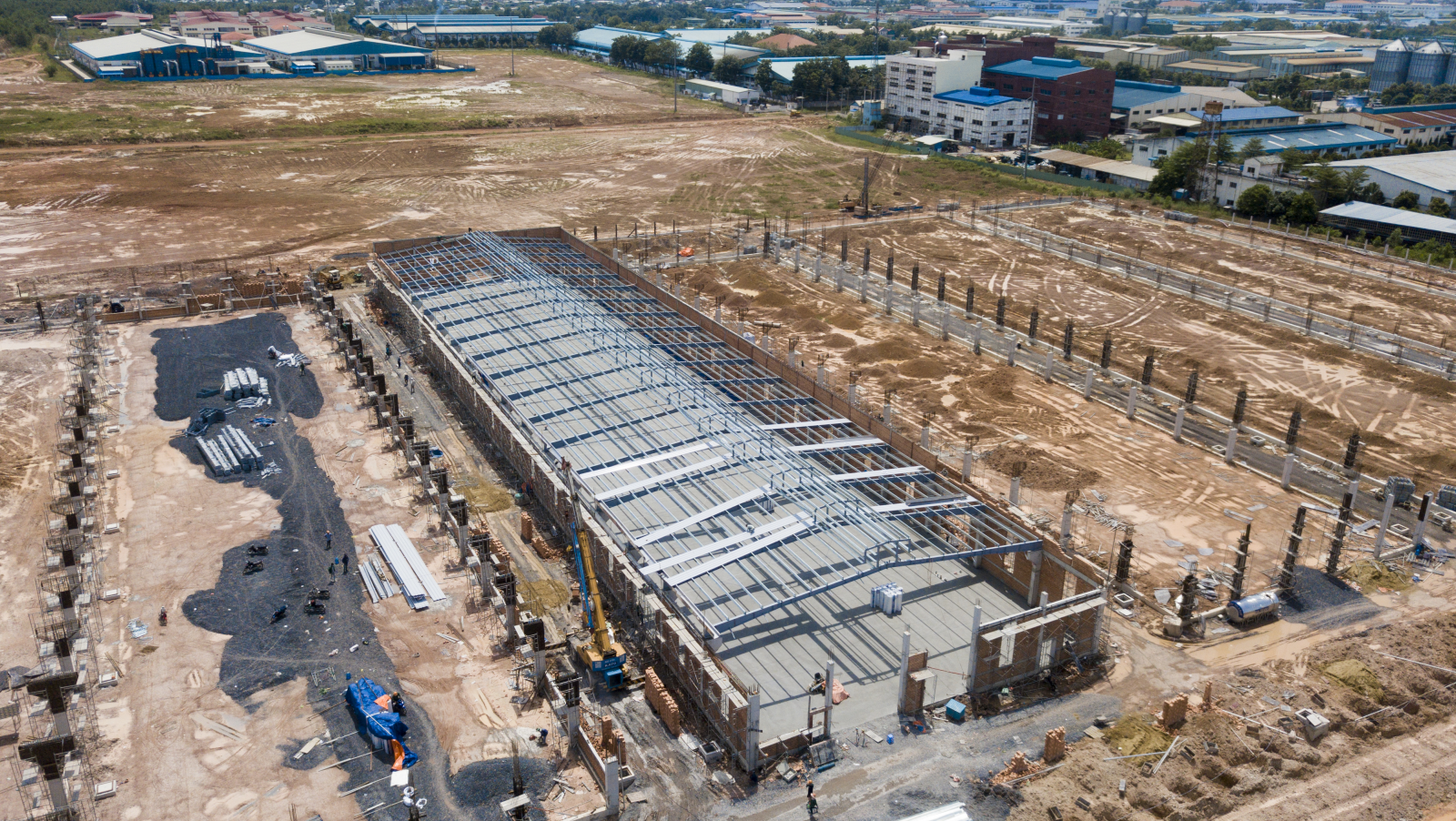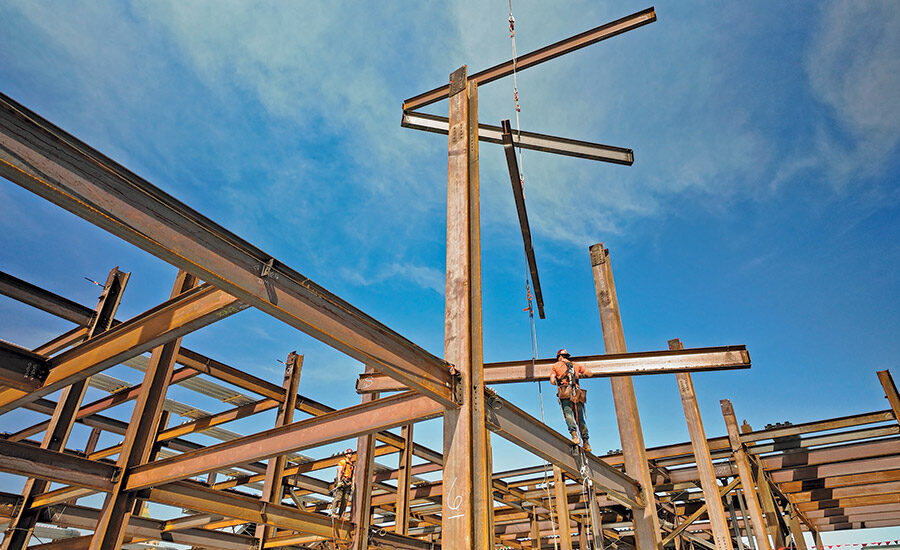
ENR Midwest 2025 Top Contractors: Regional Firms Adapt to Stay Ahead of Shifting Landscape
[ad_1]
Uncertainty continues to weigh heavily as contractors across the 13-state Midwest region are looking to build upon progress made in 2023 and 2024.
In 2024, contractors’ average regional revenues were down slightly at $767 milllion compared with 2023’s peak of $797 million, but this performance remains the second best overall average of the last decade. Together, the 79 companies participating in ENR Midwest’s Top Contractors 2025 survey posted $60.6 billion in overall revenue for 2024, compared with $66.9 billion logged by 84 companies for 2023.
As for the region’s top 25 contractors, these firms posted combined regional revenue of $47.7 billion for 2024, also down slightly when compared with last year’s top 25, which reported $50.4 billion during 2023.
Company leaders emphasize that embracing new opportunities and maintaining diverse portfolios were key success strategies. Mission critical, health care and renewable energy sectors showed particular strength as well.
“The region remains attractive for industrial development due to its geographic and population advantages. We’re also seeing clients place greater emphasis on sustainable construction, efficiency, prefabrication and modular construction—areas where we’ve made significant progress,” says Michael C. Brown, regional president at Chicago-based Gilbane Building Co. “While demand for design, craft and technical labor remains high, we’re confident in the overall trajectory of the design and construction markets.”

Mortenson is constructing the Abbott Northwestern Richard M. Schulze Surgical and Critical Care Center project, slated for completion in 2026.
Rendering courtesy of M.A. Mortenson Co.
Brown says Gilbane relies on strength in its core markets and the addition of large-scale projects in sectors such as advanced manufacturing as well as science and technology for driving revenue growth.
Another Midwest contractor, McCarthy Building Cos., based in St. Louis, is seeing increasing demand for health care facilities, a result of shifting populations, advancements in technology and aging infrastructure, along with research facilities focused on scientific discovery, entrepreneurship and commercialization, says Ryan Sawall, central region CEO.
“Labor availability and cost escalation remain headwinds, but demand hasn’t slowed.”
—Sheryl Van Anne, Vice President and General Manager, M.A. Mortenson Co.
“Our industrial team is also benefiting from a surge of new project opportunities in the manufacturing, power and process markets,” Sawall adds, noting that renewable energy is another booming area as solar projects in particular are proving to be a practical low-carbon power source for municipal buildings.
The Midwest also remains one of the fastest growing hubs for mission critical projects and data centers.
To address industrywide skilled labor shortages, McCarthy is investing “in workforce development programs, innovative recruitment strategies and labor-saving strategies such as offsite prefabrication and technology tools that improve productivity,” he says.
Sawall says McCarthy is also delivering large, complex projects as efficiently as possible. “That involves embracing collaborative delivery methods, advancing construction techniques and technologies and staying aligned with our clients and partners,” Sawall says.
With states such as Minnesota, Wisconsin and Illinois seeing sustained public and private investment, developers are prioritizing high-efficiency, highly amenitized buildings, says Sheryl Van Anne, vice president and general manager at Golden Valley, Minn.-based M.A. Mortenson Co.

One of Gilbane’s notable projects is the expansion of the Baird Center, a convention center in Milwaukee.
Photo courtesy of Gilbane
“Labor availability and cost escalation remain headwinds, but demand hasn’t slowed,” she says. “We’re keeping an eye on interest rate fluctuations and federal funding cycles—those have the potential to either accelerate or delay major capital projects.
“We leaned heavily [in 2024] into sectors where we’ve built deep expertise—clean energy, health care, education and mission-critical—and we saw results,” Van Anne says.
Perhaps one of the biggest challenges for Midwest contractors is project cost uncertainty, “driven by rapidly changing economic conditions, which creates significant risk for clients,” says Chuck Binkowski, chief operating officer, Barton Malow Holdings LLC, Southfield, Mich. “This cost uncertainty often delays decisions and disrupts planning. To navigate this environment, it’s crucial to maintain a heightened level of communication with key clients. A proactive, transparent approach not only helps reduce perceived risks but also ensures that programs can continue moving forward.”
Despite this and other challenges, contractors are cautiously optimistic as the second half of 2025 approaches.
“As we look toward the future, it’s important to stay laser focused on serving the needs and aspirations of our clients, many of whom are facing major challenges in their own organizations,” Sawall says. “At the same time, we must remain nimble and invest in our business so we can continue to provide excellent outcomes for our clients and a great place to work for our employee-owners.”
Van Anne adds that her firm is finding success in doing what’s right for customers and redefining what’s possible for their businesses. “For 2025 and beyond, we continue this focus while remaining dedicated to continuous improvement—embracing cutting-edge technology, building sustainably, investing in our workforce and, above all, ensuring the safety of everyone on site,” she says.
[ad_2]
Source link
Post a Comment
You must be logged in to post a comment.
